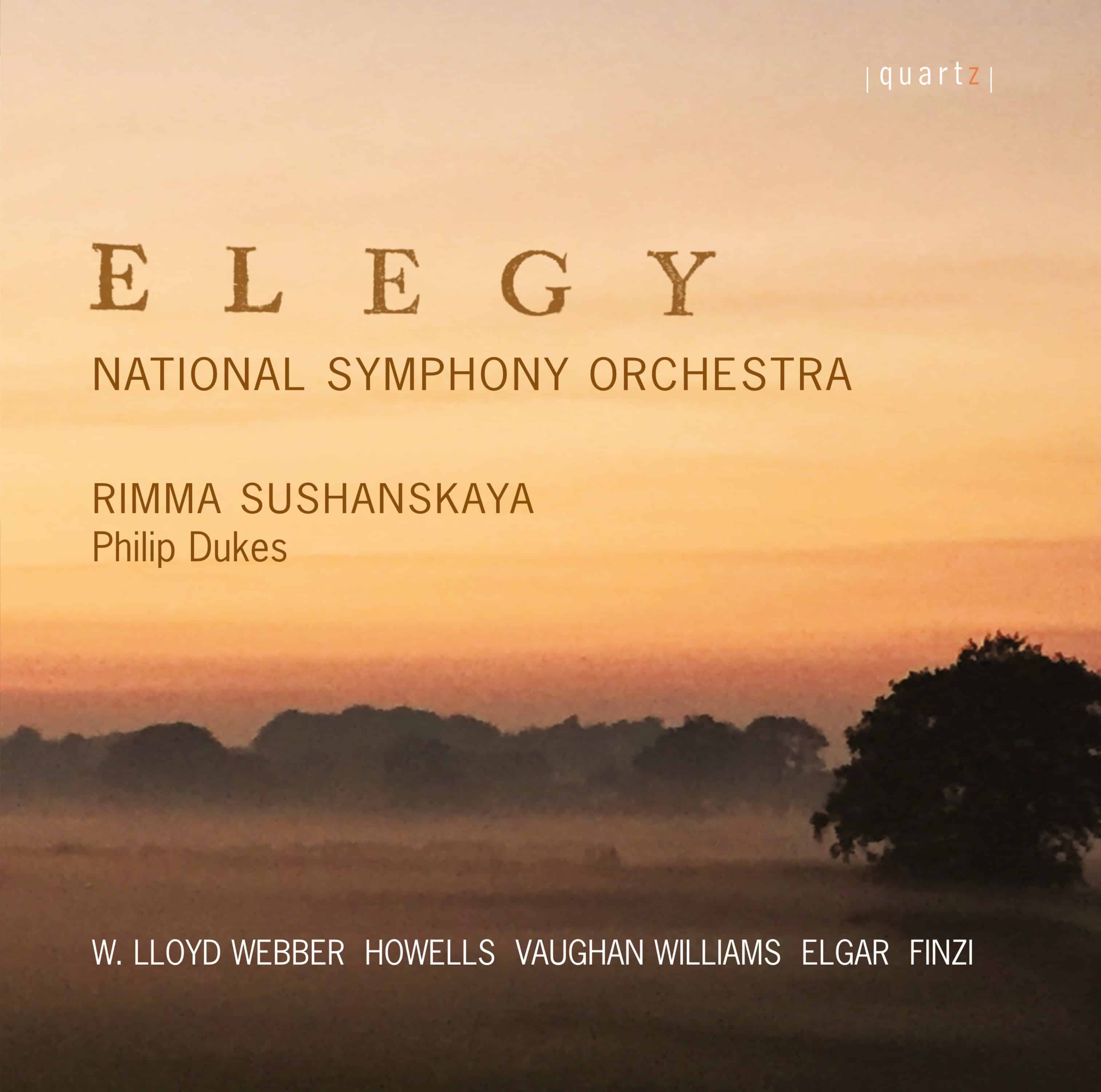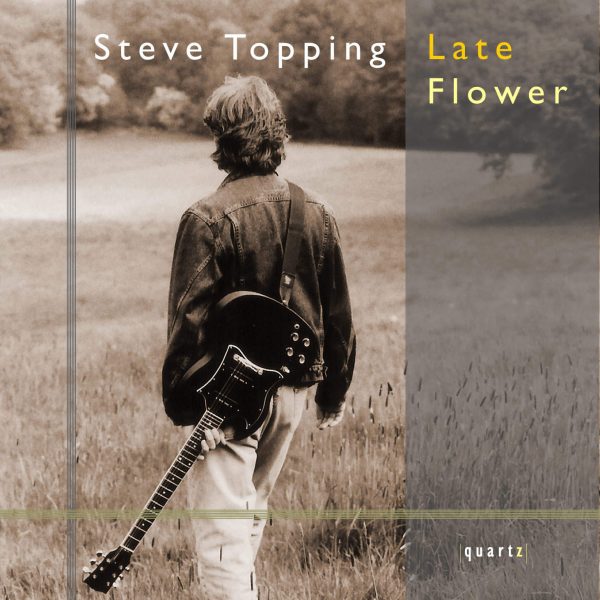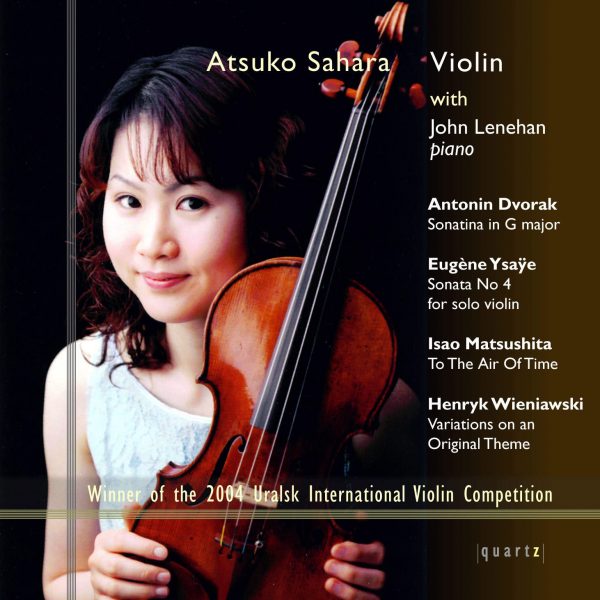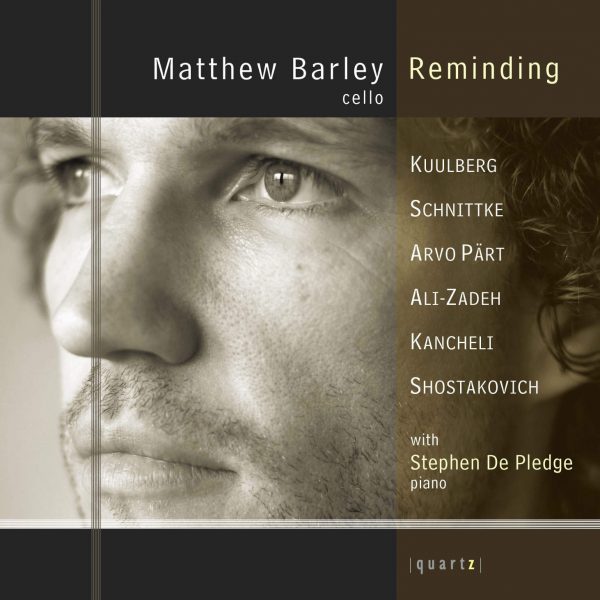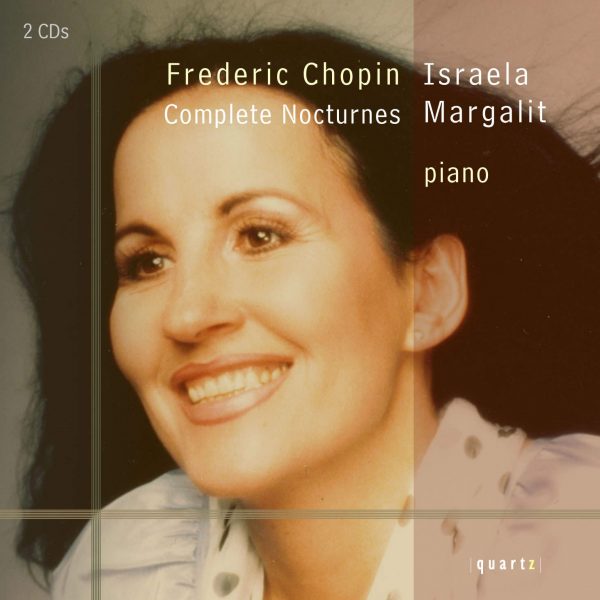Elegy
Price range: £7.99 through £16.99
That there is indeed something of the ethereal, of the timeless, and of the indefinable pervading all of the music heard on this CD instantly calls into question our shared notions of what the term Elegy actually signifies. Here the listener will encounter none of the unutterable despair of, for example, Samuel Barber’s great Adagio for Strings, or the tortured valediction of Richard Strauss’s Metamorphosen, but rather an introspection and wistfulness of an altogether gentler sort. As the poet Thomas Gray expressed it in his Elegy Written in a Country Churchyard (1751), “Perhaps in this neglected spot is laid some heart once pregnant with celestial fire; Hands that the rod of empire might have swayed, or waked to ecstasy the living lyre.” The CD includes an introduction by Julian Lloyd Webber.
About This Recording
On hearing this fascinating recording of British music for strings, I couldn’t help noticing that my godfather, Herbert Howells’ Elegy was felicitously ‘sandwiched’ between two pieces by my father William. Closer inspection revealed that my twinkly-eyed godfather, who was a great friend of my actual father, formed part of a chain of familial connections which was difficult to ignore.
This included both of my parents’ studies with Ralph Vaughan Williams, my mother’s violin lessons with Elgar’s great friend and first biographer W H Reed, and my own later friendships with Ursula Vaughan Williams and Yehudi Menuhin, who recorded Elgar’s Violin Concerto conducted by the composer. The links continued with its performers – my great friend, the violist Philip Dukes, having made the first recording of my father’s own Viola Sonatina.
So, one way or another, I am replete with stories (hearsay?) about both the composers and their performers on this recording. However, instead of ‘telling tales out of school’, I’m going to sit back and enjoy listening to these beautiful performances once again, relaxed in the knowledge that Michael Jameson’s informative sleeve notes tell us all about that most important thing – the music itself!
—Julian Lloyd Webber
That there is indeed something of the ethereal, of the timeless, and of the indefinable, pervading all, of the music heard on this CD which instantly calls into question our shared notions of what the term Elegy actually signifies.
Here the listener will encounter none of the unutterable despair of, for example, Samuel Barber’s great Adagio for Strings, or the tortured valediction of Richard Strauss’ Metamorphosen, but rather an introspection and wistfulness of an altogether gentler sort. As the poet Thomas Gray expressed it in his Elegy Written in a Country Churchyard (1751), “Perhaps in this neglected spot is laid some heart once pregnant with celestial fire; Hands that the rod of empire might have swayed, or waked to ecstasy the living lyre.”
The writer and critic Edward Greenfield ably characterised William Lloyd Webber’s music as being “as sensuous as any you will find by a British composer.” Meanwhile, the Lloyd Webber household’s one-time lodger, the concert pianist John Lill, remembers him “as one of the six or seven finest musicians I have ever known.” As Julian Lloyd Webber recalled (in an article about his father for The Guardian), “Malcolm Arnold once told me that in two weeks, when my father had deputised for his regular composition professor at the Royal College of Music, ‘I learned more in those two lessons than I had in the previous two years!”
Paradoxically, however, at the time of his death in 1982, little of William Lloyd Webber’s music enjoyed much meaningful currency in the UK, and the fact that he chose to withhold so much of his highly personal and richly melodic output must in part have been a response to the times in which he lived. Throughout the 1950s and ‘60s, the disciples of serialism and of the avant garde (not to mention, of course, those high-priests of modernity at the BBC!) would have been quick to seize upon and arraign anything remotely melodic or tonal in style!
Perhaps the Invocation for harp and strings of 1957, with its rapturous main theme in E major, reveals this composer at his most heartfelt and uncomplicated. Noted as much for his verbal as musical economy, “Why”, he would ask his pupils, “write six pages when six bars will do?” William Lloyd Webber’s Invocation is a typical example of this approach, with its unambiguous and direct appeal. As he gave away the only extant copy of the manuscript, the work had to be painstakingly re-constructed from a private acetate recording.
Herbert Howells was born in Lydney, Gloucestershire, on 17th October 1892. He studied under Charles Villiers Stanford, Hubert Parry, and Charles Wood at the Royal College of Music from 1912, and returned to teach there in 1920, thereafter enjoying a very close association with the RCM throughout the remainder of his life.
Howells’ Elegy for viola, string quartet and string orchestra dates from 1917, the year in which he became (albeit briefly, soon resigning due to fragile health) Assistant Organist to Walter Alcock at Salisbury Cathedral. The RCM Library contains the manuscript of Howells’ three-movement Suite for Strings, the central movement of which was later revised and recast, emerging as the touchingly eloquent work we hear on this recording.
Howells’ Elegy received its premiere on 13th July 1917, with Stanford directing the RCM Orchestra, and was heard again soon afterwards at the Mons Memorial Concert at the Royal Albert Hall – tragically, more than 40 students and graduates of the RCM lost their lives during the Great War. The so-called Mons Elegy, as the piece became known, honoured their memory, was also greatly admired by another of the composers represented in this programme, Gerald Finzi, who told Howells that he and his Newbury String Players had “done it a lot, and we never tire of it.”
The Elegy opens with a delicate passage for the solo viola centred around the key of G, providing this 104-bar composition with virtually all of its thematic material. When this opening stanza is taken up by the full orchestra, the influence of Vaughan Williams, specifically the Tallis Fantasia and opening solo viola passage from his Phantasy Quintet (1912) is unmistakable.
On this CD, violist Philip Dukes plays one of the most highly-prized and unique violas in existence, the Kux-Castelbarco Stradivari, of around 1720, one of only 12 violas known to have been made by the great Cremonese master. This remarkable instrument began life as a six-stringed viola d’amore, but was remodelled in the 1850s by J.B. Vuillaume, who replaced its original flat back (now lost) with a conventional arched back, and substituted a viola head by Nicolo Amati (from the early 1600s) for the original 12 string head (for 6 playable strings and 6 sympathetic strings), which was gifted to the Paris Conservatoire Museum in 1873. This instrument is currently in the care of J & A Beare Ltd, who kindly made it available for this recording.
William Lloyd Webber’s Serenade for Strings could well be seen as a 20th Century foil to Elgar’s universally beloved antecedent, written in 1892. Interestingly, it is widely thought that the Elgar work was derived from his Three Sketches for Strings (Spring Song, Elegy and Finale), the manuscript for which has not survived, while the Lloyd Webber Serenade for Strings also comprises of three named movements, composed variously during a period of almost 30 years, from 1951 (Barcarolle), 1980 (Romance) and 1960 (Elegy).
The Barcarolle is based on a song, describing a magical boat with its cargo of “pearl and silver beams to fashion little childrens’ dreams.” The wistful Romance, a favourite of the composer, was originally published as ‘Justine’ (in his collection of Five Portraits for Home Organs) written for a close friend, Justine Bax, whilst Elegy is from Country Impressions for wind and piano, intended for his eldest son Andrew, then studying the horn. Far from being elegiac in any accepted sense, this piece was originally published as Summer Pastures – a Fresian Elegy.
Listeners familiar with Elgar’s concert overture In the South (Alassio), Op.50, a dazzlingly orchestrated musical postcard from an inspirational winter holiday spent in Italy during 1903–4, will instantly recollect the poignant viola solo at its heart. This melody soon acquired a name of its own, becoming the Canto Popolare which we hear here – Elgar’s publishers requested arrangements for several instruments, with piano accompaniment, though by far the most enduring was that for viola, edited by Ernest Hobday. Here, however, we hear an arrangement for viola and strings (by David Ogden) of the equally successful vocal version, Elgar’s own setting of Percy Bysshe Shelley’s In Moonlight.
The Concerto Grosso for String Orchestra by Ralph Vaughan Williams was written in 1950, in response to a request from a trio of teachers that he might write something substantial for a concert to be held at London’s Royal Albert Hall under the aegis of the then influential Rural Music Schools Association. There would be some 400 young string players under the direction of Sir Adrian Boult on stage for the premiere in November of that year. The composer’s wife Ursula related how Vaughan Williams responded eagerly to the challenge of composing a work for a mixed-ability ensemble, by interpolating three string groups (each with parts of differing complexity, including an ad-lib group using just open strings) into one, just as one finds with many Baroque concerti grossi, where the more technically demanding concertino element is complimented by the simpler ripieno parts played by the larger group. Vaughan Williams’ Concerto Grosso comprises five movements: Intrada, Burlesca Ostinata, Sarabande, Scherzo, and March and Reprise.
Like so much of Gerald Finzi’s output, his Romance for string orchestra, Opus 11, written in 1928 (but unpublished until 1951), is at once suffused with nostalgia for a world lost to the brutalities of the Great War, whilst being unmistakably rooted in the English pastoral tradition which unifies virtually all the music heard on this disc.
Finzi’s first teacher, Ernest Bristow Farrar, died on the Somme on 18th September 1918, having arrived at the front just two days earlier, hardly two months before the cessation of hostilities that November. Such tragedy, along with the loss of his father and three of his brothers, accounts in large measure for the resigned pessimism which informs so much of his output.
But that Finzi still remains a somewhat obscure figure owes as much to the fact that he shunned metropolitan life and the opportunities it might have afforded. He chose to settle in rural Wiltshire, where he devoted himself to composing and to apple-growing, securing several rare English apple varieties from extinction. Finzi’s music is always painstakingly crafted and often highly personal in utterance. Indeed, this yearningly contoured and rapturous piece is one of his most characteristic, and one can only wonder why it is not better known.
We conclude with more music by Ralph Vaughan Williams, which upon first appraisal might seem to perfectly exemplify the English pastoral idioms which are central to his output, and yet in many senses, the Five Variants on Dives and Lazarus are atypical, for as the composer himself explained: “These variants are not exact replicas of traditional tunes but rather reminiscences of various versions in my own collection and those of others.”
In fact, upon closer investigation, the origins of the original hymn-tune “Dives and Lazarus”, based upon an episode related in Luke’s Gospel, seem even more obscure. A similarly styled English folk-song, listed as No. 477 in the Roud Folk Song Index, is actually designated as a Christmas carol! Nevertheless, this was the theme Vaughan Williams selected as the basis for his Five Variants, composed in 1939, and premiered in New York under Sir John Barbirolli on June 10th 1939. Of particular note is the pronounced modal character of all but the penultimate section of the work, though its synergy with the unmistakable pastoral imagery of the Tallis Fantasia and The Lark Ascending places it at the very core of Vaughan Williams’ mature creativity, in its sound-world of rapturous melodic introspection. As the composer later wrote of his discovery of the original theme in 1893, when he was just 21, “I had the sense of recognition, here was something I had known all my life, only I didn’t know it!”
—Michael Jameson
Track Listing
William Lloyd Weber
Invocation for Harp and Strings
- Invocation for Harp and Strings
Herbert Howells
Elegy for Viola, String Quartet and String Orchestra, Op. 15
- Elegy for Viola, String Quartet and String Orchestra Op.15
William Lloyd Weber
Serenade for Strings
- i. Barcarolle
- ii. Romance
- iii. Elegy
Edward Elgar
Canto Popolare “In Moonlight”, (arranged David Ogden)
- Canto Popolare “In Moonlight”
Ralph Vaughan Williams
Concerto Grosso
- i. Intrada
- ii. Burlesca Ostinata
- iii. Sarabande
- iv. Scherzo
- v. March and Reprise
Gerald Finzi
Romance for String Orchestra, Op.11
- Romance for String Orchestra Op.11
Ralph Vaughan Williams
Five Variants of Dives and Lazarus
- Five Variants of Dives and Lazarus
